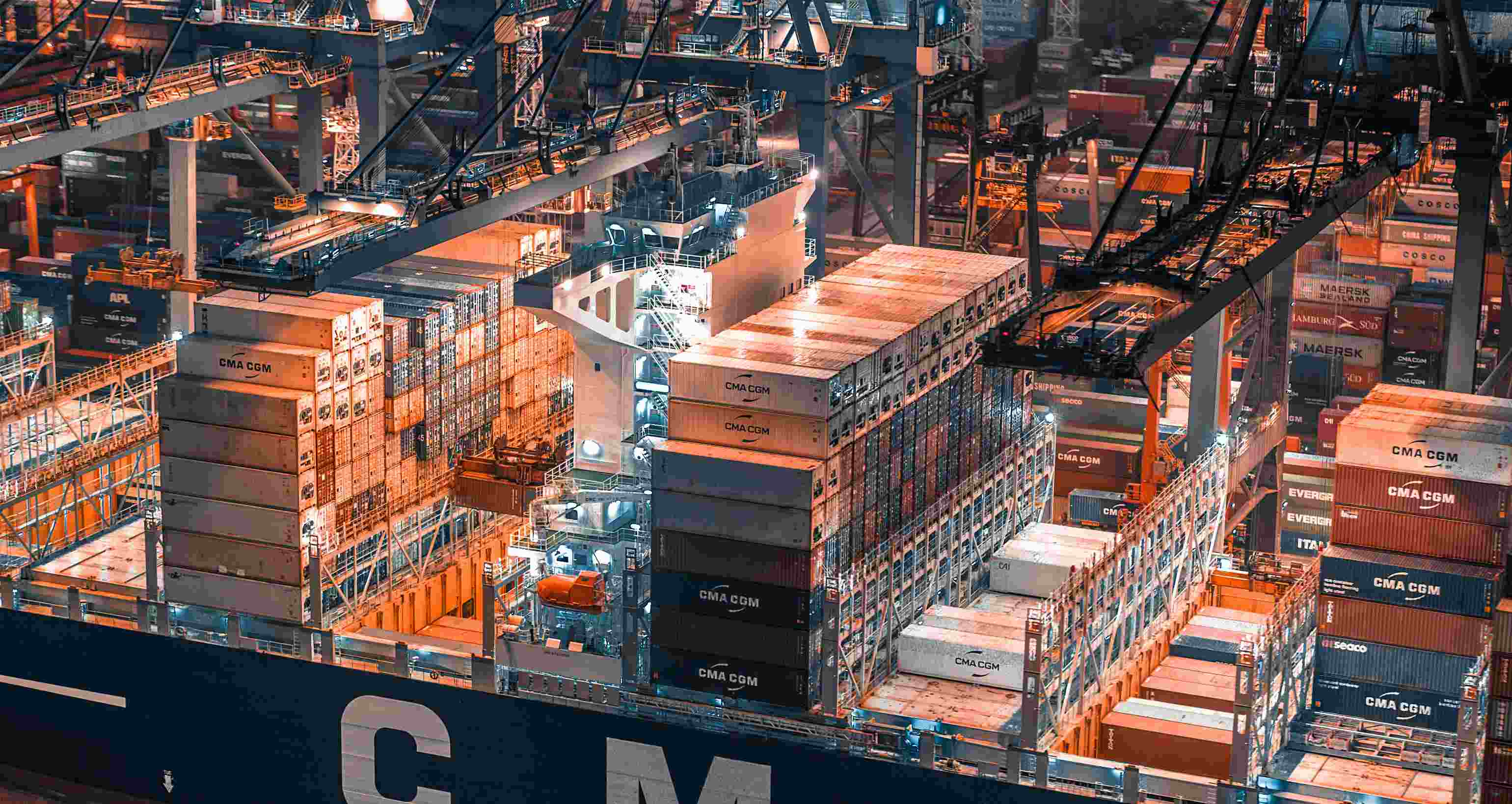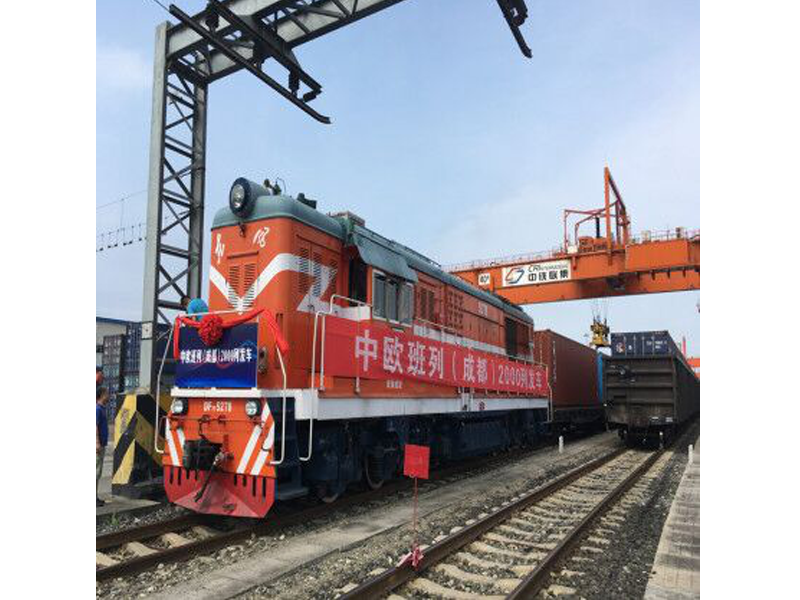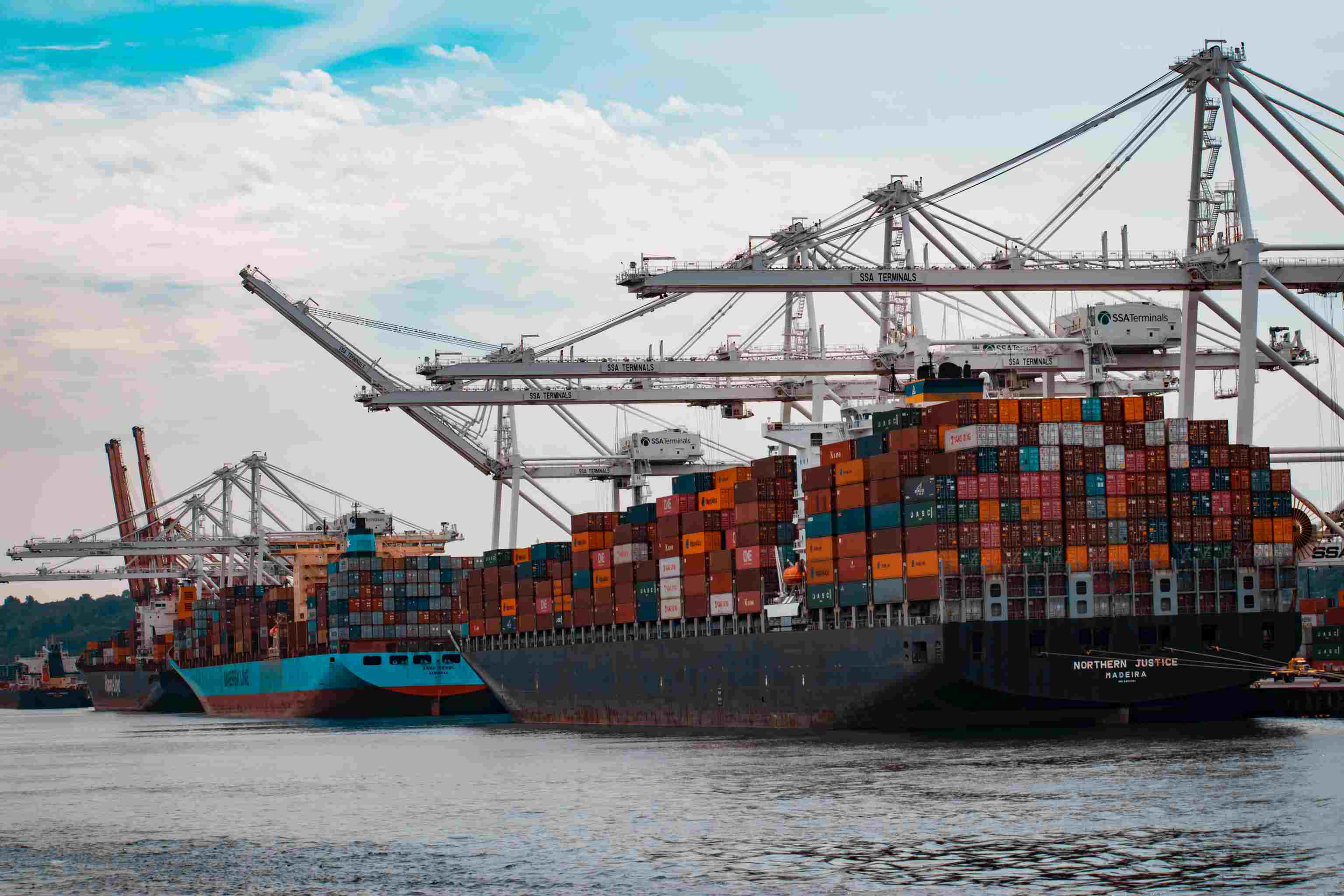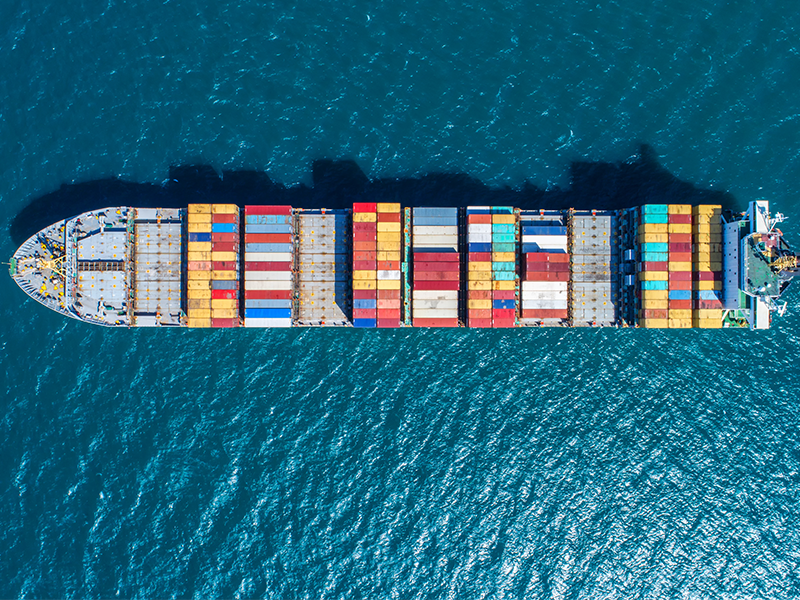Leveraging Port-to-Port Shipping for International Commerce
Introduction
Port-to-port shipping, at its essence, refers to the transportation of goods between two ports, typically across international waters. It forms the backbone of global trade, enabling the movement of goods on a massive scale. In essence, it's the lifeline connecting nations, markets, and consumers worldwide.Advantages of Port-to-Port Shipping
Cost-effectiveness
One of the primary advantages of port-to-port shipping is its cost-effectiveness. By leveraging economies of scale, shipping companies can transport large volumes of goods at relatively lower costs compared to other modes of transportation. This cost efficiency translates into competitive pricing for businesses and ultimately benefits consumers.Flexibility in Route Planning
Port-to-port shipping offers unparalleled flexibility in route planning. With numerous ports dotting the world's coastlines, businesses have the freedom to choose the most efficient and cost-effective routes for their shipments. This flexibility allows for optimization based on factors such as vessel availability, weather conditions, and geopolitical considerations.Reduced Risk of Damage and Loss
Unlike land-based transportation methods, port-to-port shipping often involves fewer handling points, reducing the risk of damage and loss during transit. Goods are securely packed into containers at the point of origin and typically remain untouched until reaching their destination port, minimizing the chances of mishaps along the way.Speed and Efficiency
Despite the perception of maritime transportation as slow, port-to-port shipping can be surprisingly efficient, especially for long-distance journeys. Modern vessels are equipped with advanced navigation systems and propulsion technology, enabling them to traverse vast distances in relatively short timeframes. Additionally, streamlined port operations and optimized logistics further enhance the speed and efficiency of the shipping process.Environmental Sustainability
In an era increasingly focused on sustainability, port-to-port shipping offers environmental benefits over other modes of transportation. Maritime vessels are among the most fuel-efficient modes of transport, emitting fewer greenhouse gases per ton-mile compared to air or road freight. Moreover, ongoing efforts to reduce emissions and adopt cleaner fuels are driving the industry towards even greater environmental sustainability.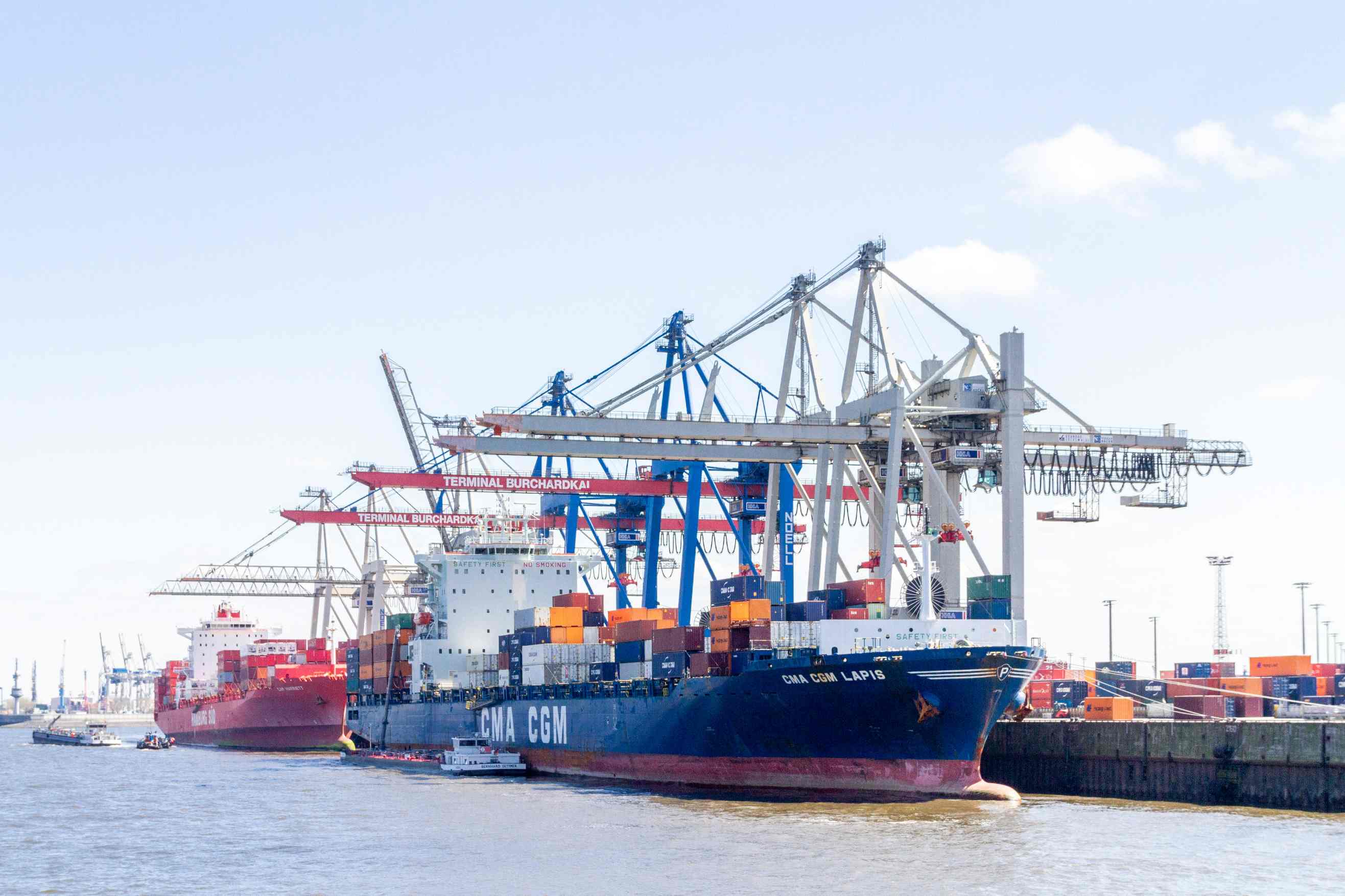
Key Players in Port-to-Port Shipping
Shipping Companies: At the heart of port-to-port shipping are the shipping companies that own and operate the vessels transporting goods between ports. These companies invest in a diverse fleet of vessels tailored to various cargo types and trade routes, ensuring the seamless movement of goods across the globe.Freight Forwarders: Freight forwarders play a crucial role in coordinating the logistics of port-to-port shipping. They act as intermediaries between shippers and carriers, handling tasks such as booking cargo space, preparing documentation, and arranging inland transportation to and from ports.
Port Authorities: Port authorities oversee the operation and management of ports, ensuring efficient and secure handling of cargo. They play a vital role in maintaining infrastructure, enforcing regulations, and facilitating trade processes, thereby enabling smooth port-to-port operations.
Customs Brokers: Navigating customs procedures is a complex aspect of international trade, and customs brokers specialize in facilitating the smooth clearance of goods through ports. They handle documentation, tariffs, and compliance with import/export regulations, ensuring that shipments meet all legal requirements.
Insurance Providers: Given the inherent risks associated with maritime transportation, insurance providers offer marine cargo insurance to protect businesses against potential losses due to damage, loss, or theft of goods during transit. Their role is critical in mitigating financial risks and providing peace of mind to businesses engaged in port-to-port shipping.
Challenges and Solutions in Port-to-Port Shipping
Security Concerns
Security threats such as piracy, theft, and terrorism pose significant challenges to port-to-port shipping. However, industry-wide collaboration, enhanced surveillance technologies, and international maritime security initiatives help mitigate these risks and ensure the safe passage of goods.Regulatory Compliance
Navigating the complex web of international trade regulations and customs procedures can be daunting for businesses engaged in port-to-port shipping. Investing in robust compliance management systems, leveraging technology for streamlined documentation processes, and staying abreast of regulatory changes are key strategies for ensuring compliance.Infrastructure Limitations
Inadequate port infrastructure, congestion, and inefficiencies in cargo handling can impede the smooth flow of port-to-port shipping operations. Investing in infrastructure upgrades, implementing port automation technologies, and fostering public-private partnerships are essential for overcoming these challenges and enhancing port efficiency.Supply Chain Disruptions
Disruptions such as natural disasters, labor strikes, or geopolitical conflicts can disrupt port-to-port shipping schedules and lead to delays or cargo losses. Implementing risk management strategies, diversifying supply chains, and leveraging digital technologies for real-time visibility and monitoring are effective ways to mitigate supply chain disruptions.Technological Advancements
Technological advancements such as blockchain, the Internet of Things (IoT), and artificial intelligence (AI) are revolutionizing port-to-port shipping operations. These technologies enable greater transparency, efficiency, and security throughout the supply chain, driving innovation and transforming traditional shipping practices.